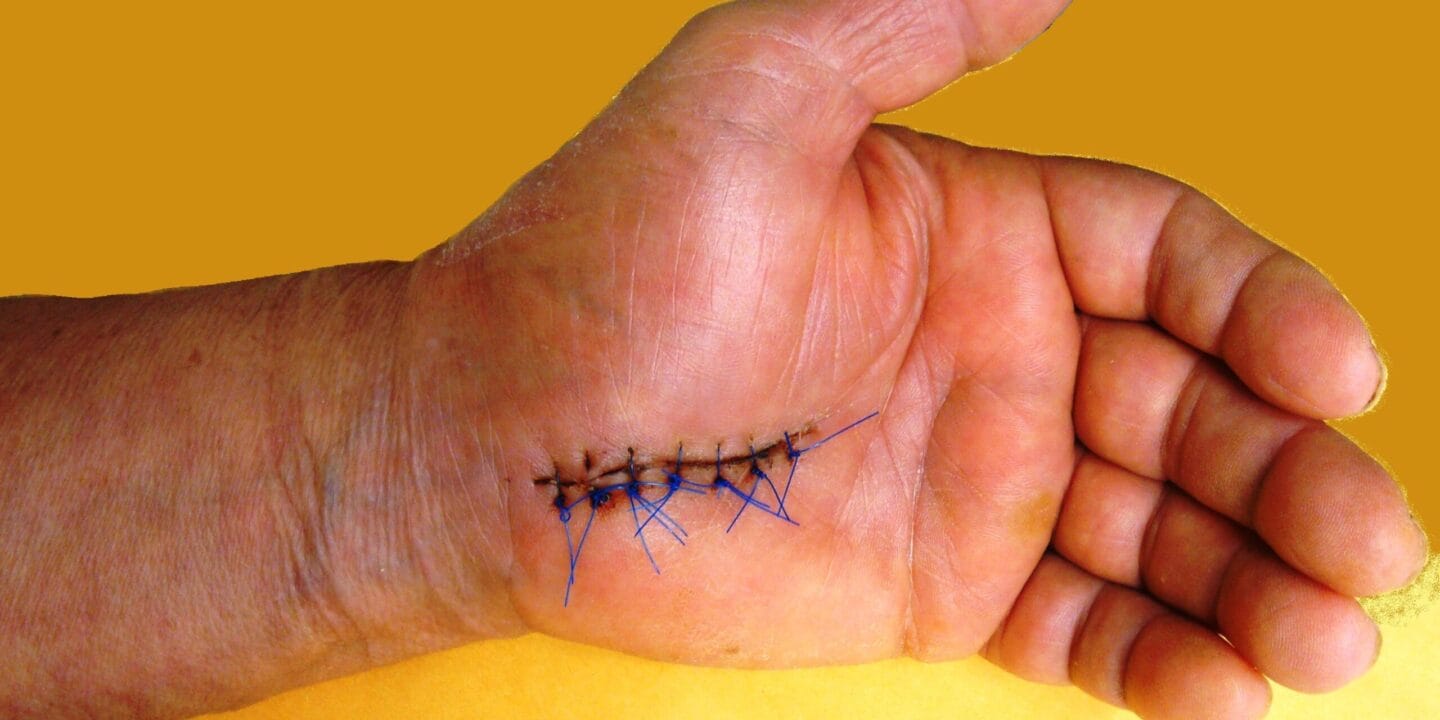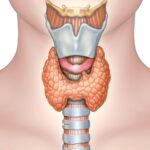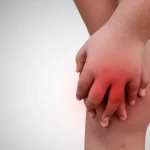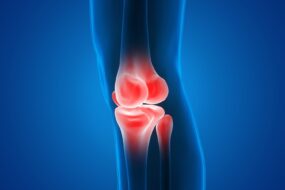
The median nerve at the wrist is severely compressed, resulting in carpal tunnel syndrome, a nerve entrapment syndrome. Compression of the median nerve may be a consequence of the reduction in the size of the carpal tunnel or enlargement of its contents.
The condition is more common in women than men, usually in the age bracket of 40-50. Related factors in younger patients include pregnancy, rheumatoid arthritis, gout, and renal failure.
Etiology
- Aberrant anatomy
- Anomalous flexor tendons
- Lipoma
- Thrombosed artery
- Metabolic disorders
- Diabetes
- Hypothyroidism or hyperthyroidism
- Infections
- Septic arthritis
- Mycobacterial infection
- Inflammatory conditions
- Flexor tenosynovitis
- Rheumatoid arthritis
- Gout
- higher canal volume
- Obesity
- Edema
- Pregnancy
- Congestive cardiac failure
Clinical features
- Tingling
- Numbness or discomfort – lateral three and a half digits, including nail beds and distal phalanges on the dorsum of the hand
- Pain
- Nocturnal dysesthesia – patient complains of waking up due to “painful numbness” in their hand. The pain subsides when the patient shakes their hand.
- Sensory changes – Irritability or sensory loss in median nerve distribution
- Motor changes- apelike thumb deformity, When creating a fist, the index and middle fingers lag, and the thumb loses its opposition.
- Vasomotor changes – Arteriolar dilation causes the skin area with sensory loss to become warmer.
Diagnosis
- Physical examination
- Decreased pain sensitivity where the median nerve travels to the fingers.
- The inability to distinguish between a single sharp point or two sharp points on the fingertips.
- A weak thumb.
- Phalen’s test
- The patient’s elbows are resting on the table, their hands are flexed with their fingers pointed downward, and the backs of the hands are pushed together.
- If symptoms appear in less than a minute, the test is positive, and Carpal Tunnel Syndrome is present.
- Durkan test
- For 30 seconds, the doctor applies pressure over the carpal tunnel to cause tingling where the median nerve passes.
- Tinel’s sign test
- A tingling sensation is produced by the doctor tapping on the median nerve.
- Hand elevation Test
- Patients are asked to raise their hands overhead for two minutes to recreate carpal tunnel syndrome symptoms.
- Electrodiagnostic test
- Nerve conduction test
- Electromyography
Differential diagnosis
- Compartment syndrome
- Diabetic neuropathy
- Tendonitis
- Overuse injury
- Lyme disease
Management
- Immobilizing braces/splint
- Patients with decreased symptoms should try stretching and strengthening exercises as they are helpful.
- Nonsurgical
- Analgesics such as NSAIDs (aspirin and other pain relievers)
- To release the pressure, corticosteroids or lidocaine are injected directly into the wrist. At the distal wrist crease, a 25-gauge needle is used to administer a combination of 10 to 20 mg of lidocaine (xylocaine) without epinephrine and 20 to 40 mg of methylprednisolone acetate (Depo-Medrol)
- Diuretics administered orally can decrease swelling.
- Surgical
- Recommended if symptoms persist for six months.
- Open release surgery
- Endoscopic surgery












